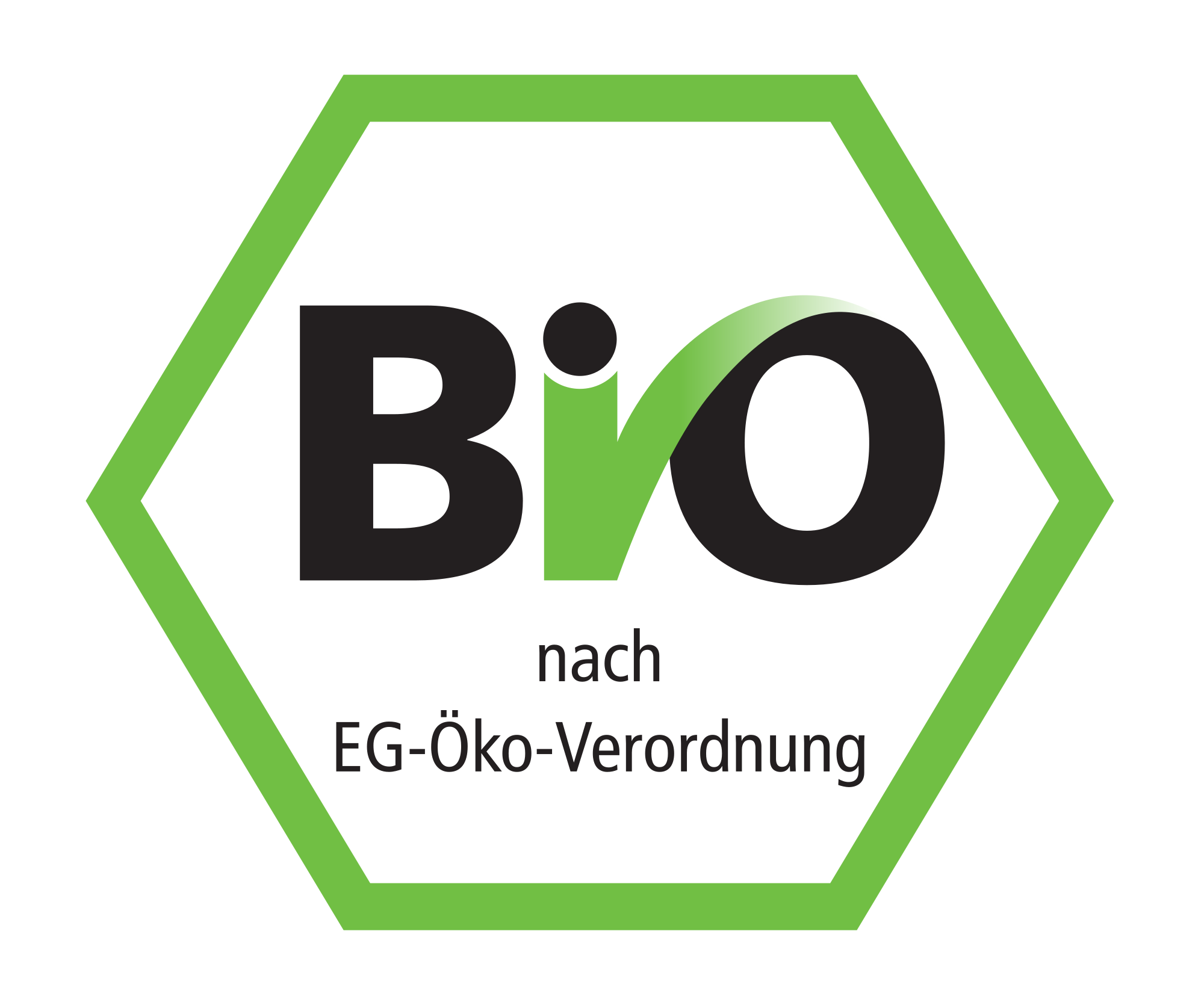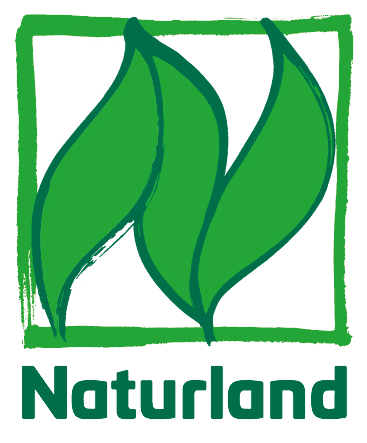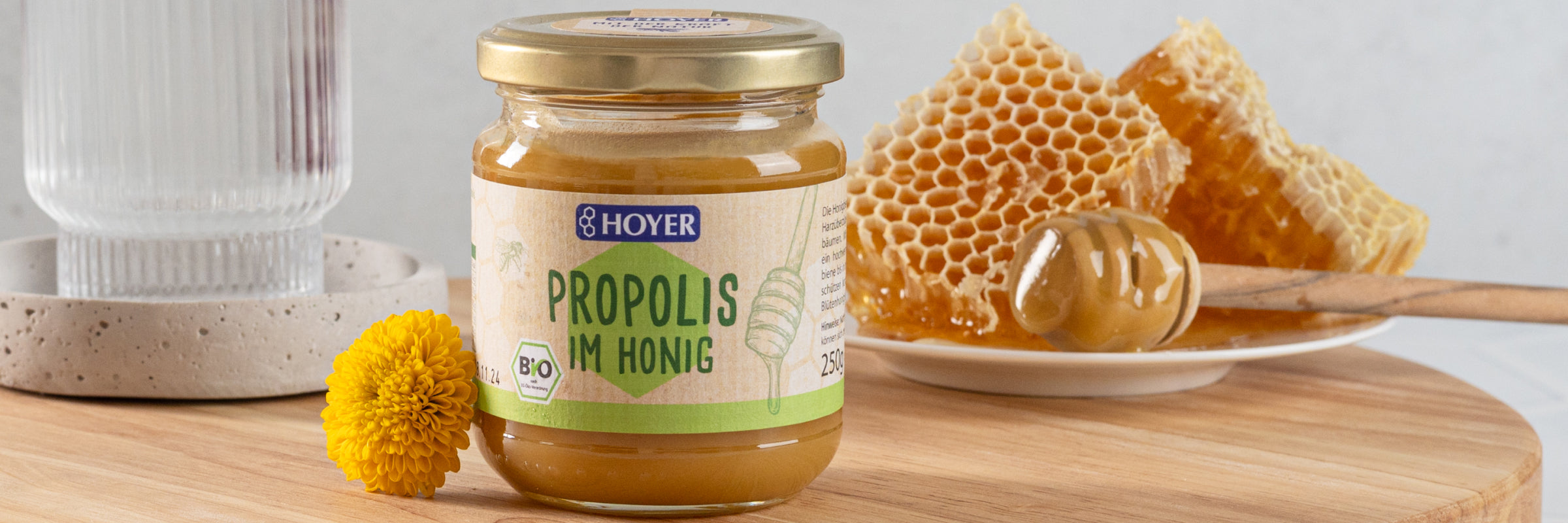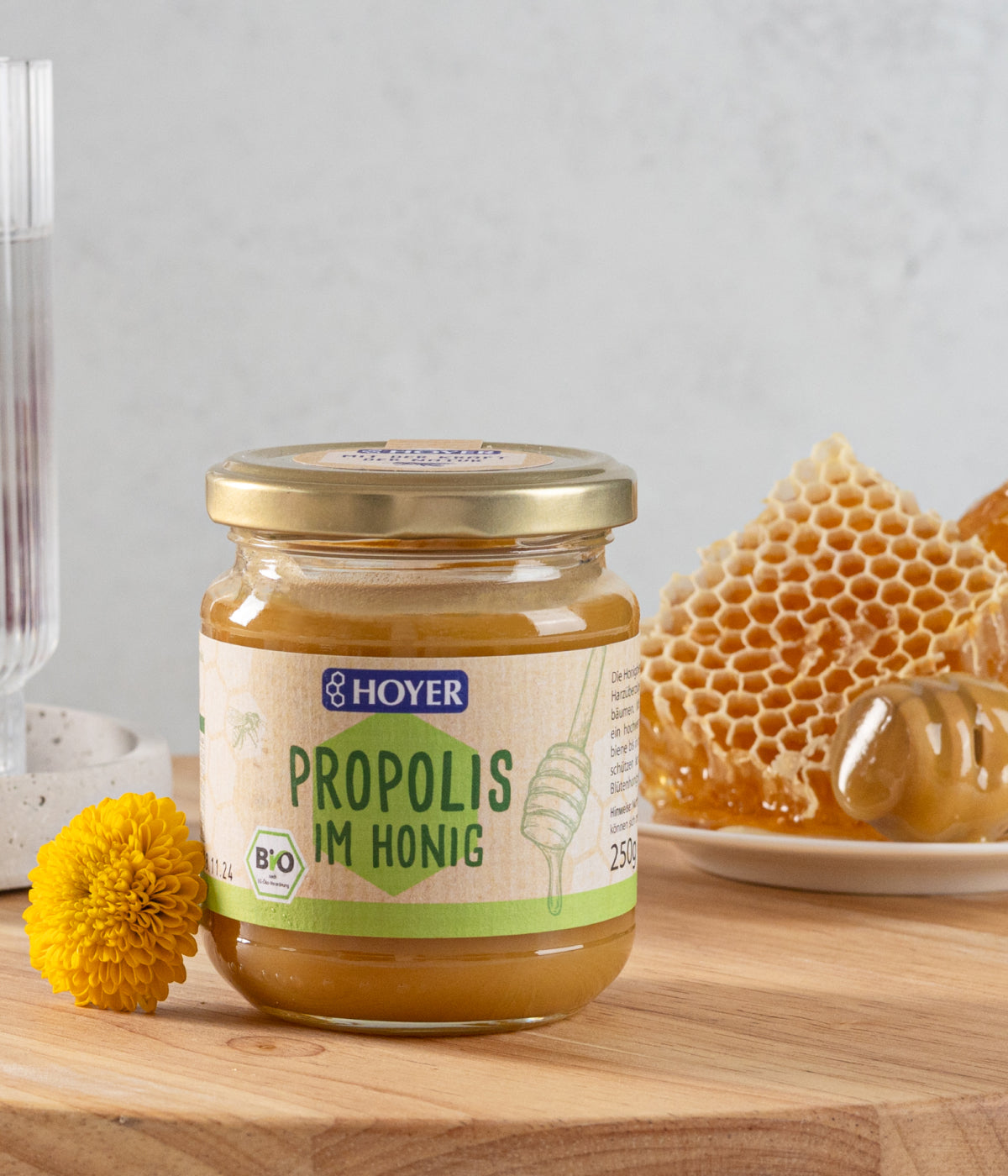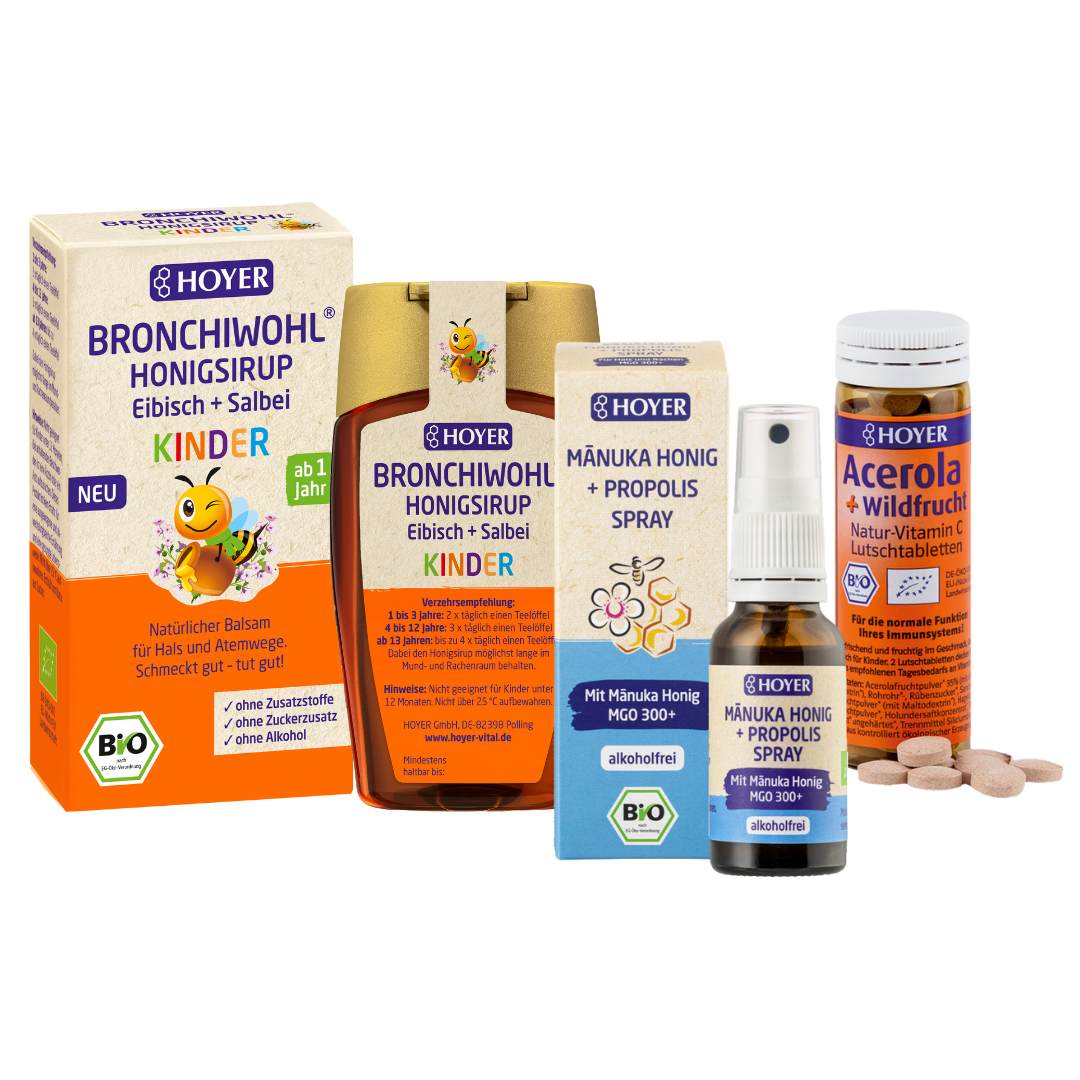12 products
-
Winter honey "Orange & Almond"
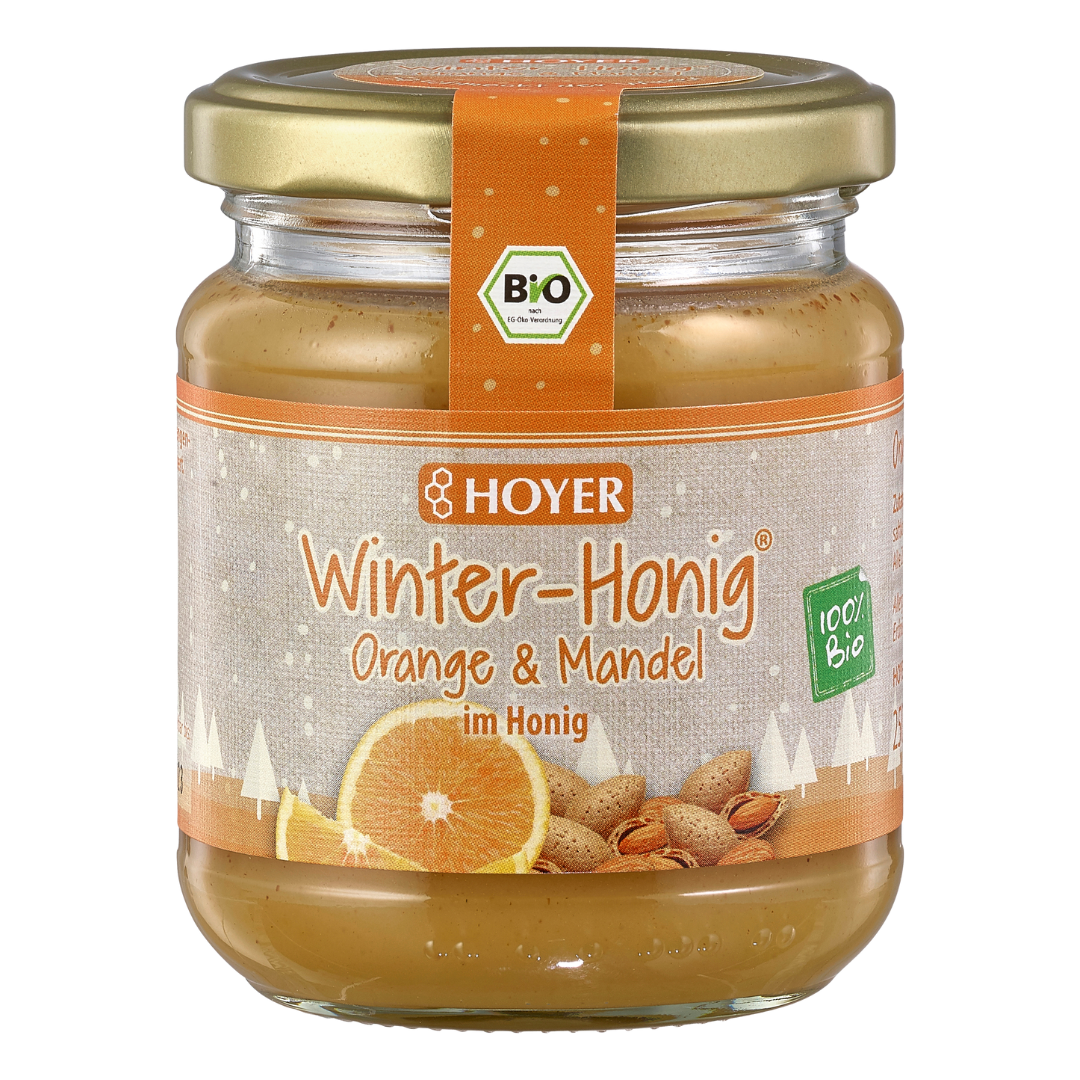 Vendor:Winter honey "Orange & Almond"Hoyer
Vendor:Winter honey "Orange & Almond"Hoyer- Regular price
-
€5,49 - Regular price
-
- Sale price
-
€5,49 - Unit price
-
€21,96 per kg
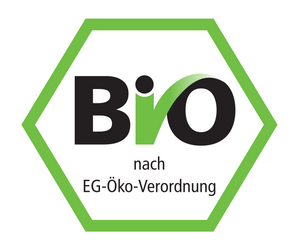
Quick view
-
Cinnamon in honey
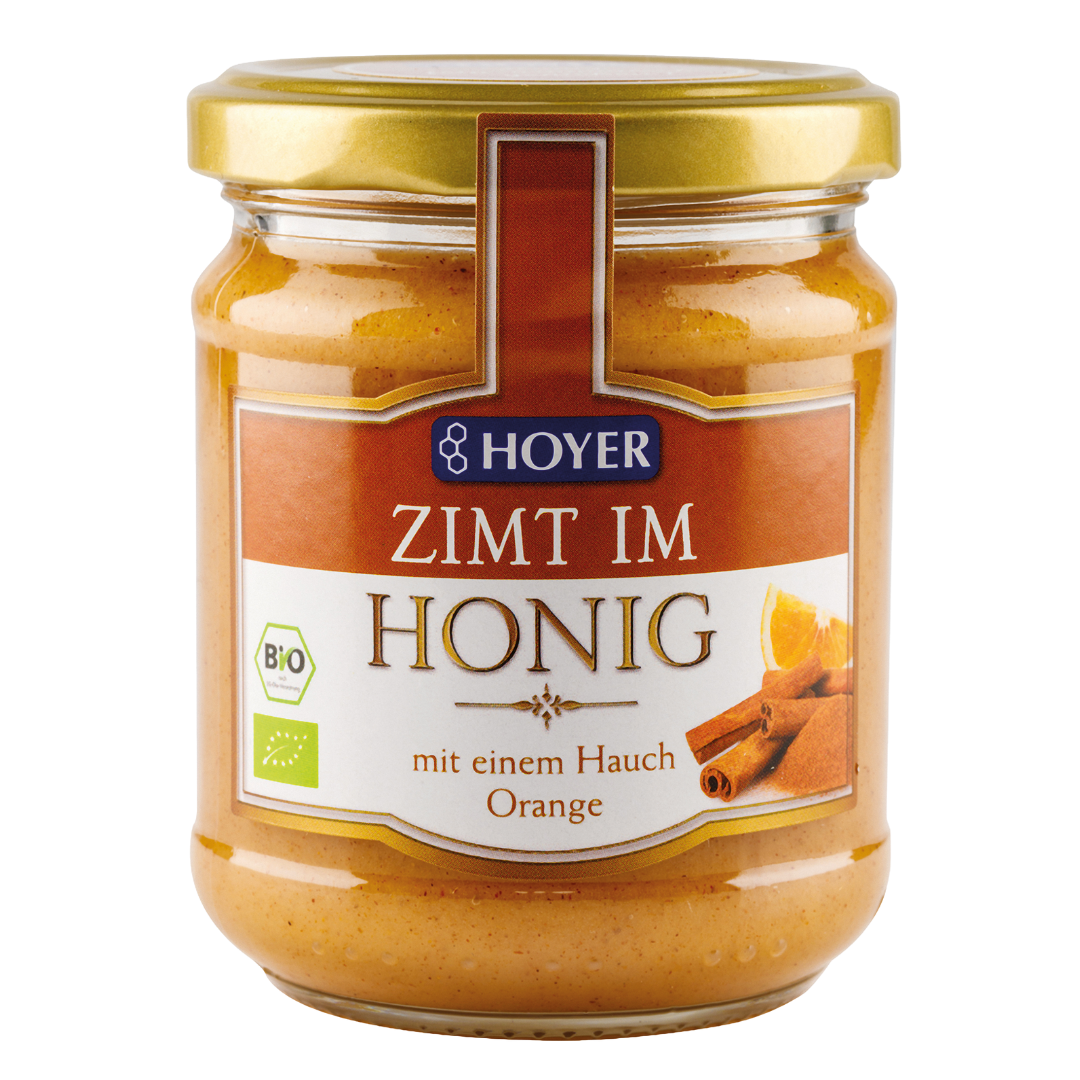 Vendor:Cinnamon in honeyHoyer
Vendor:Cinnamon in honeyHoyer- Regular price
-
€5,49 - Regular price
-
- Sale price
-
€5,49 - Unit price
-
€21,96 per kg

Quick view
-
Ginger in honey
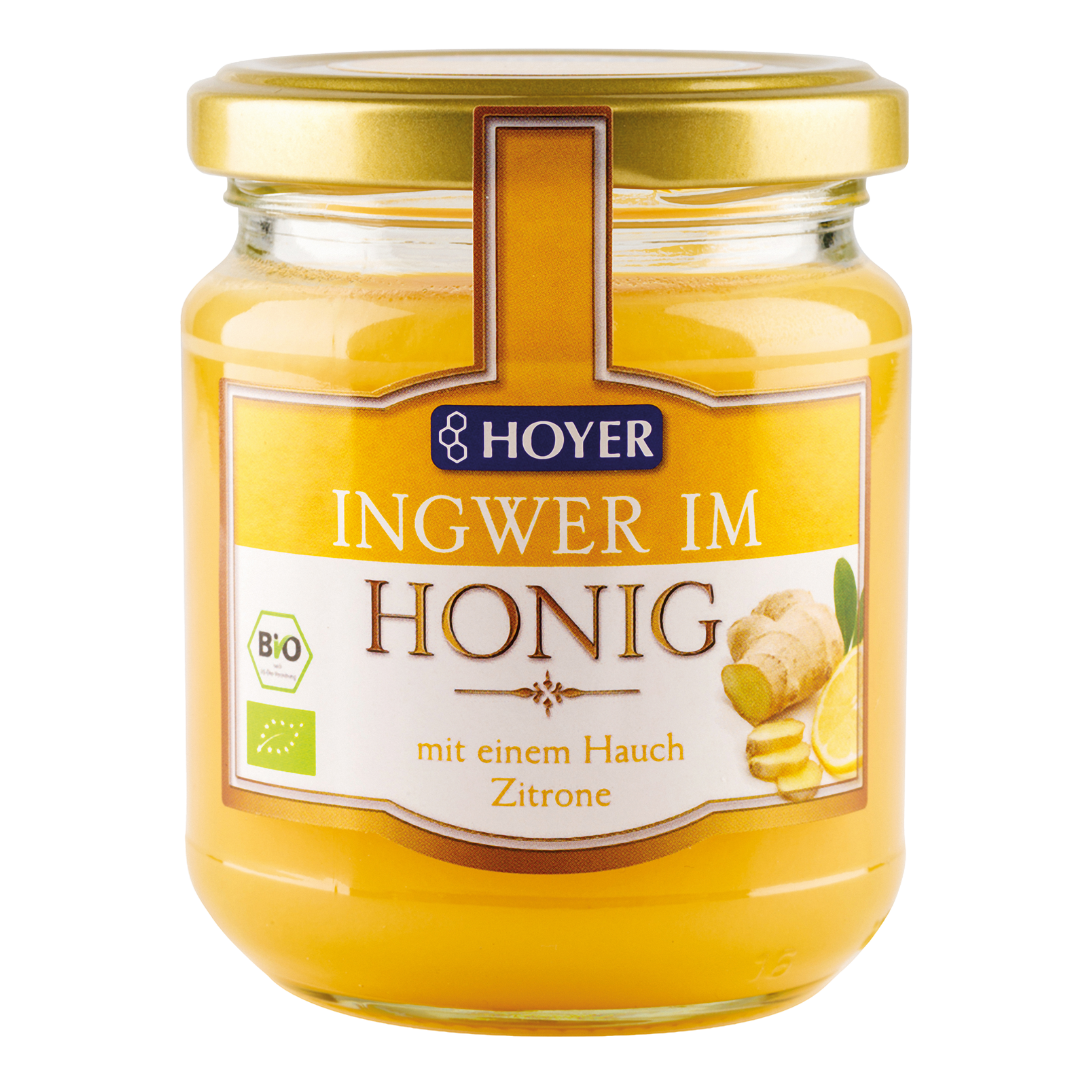 Vendor:Ginger in honeyHoyer
Vendor:Ginger in honeyHoyer- Regular price
-
€5,49 - Regular price
-
- Sale price
-
€5,49 - Unit price
-
€21,96 per kg

Quick view
-
Propolis in honey

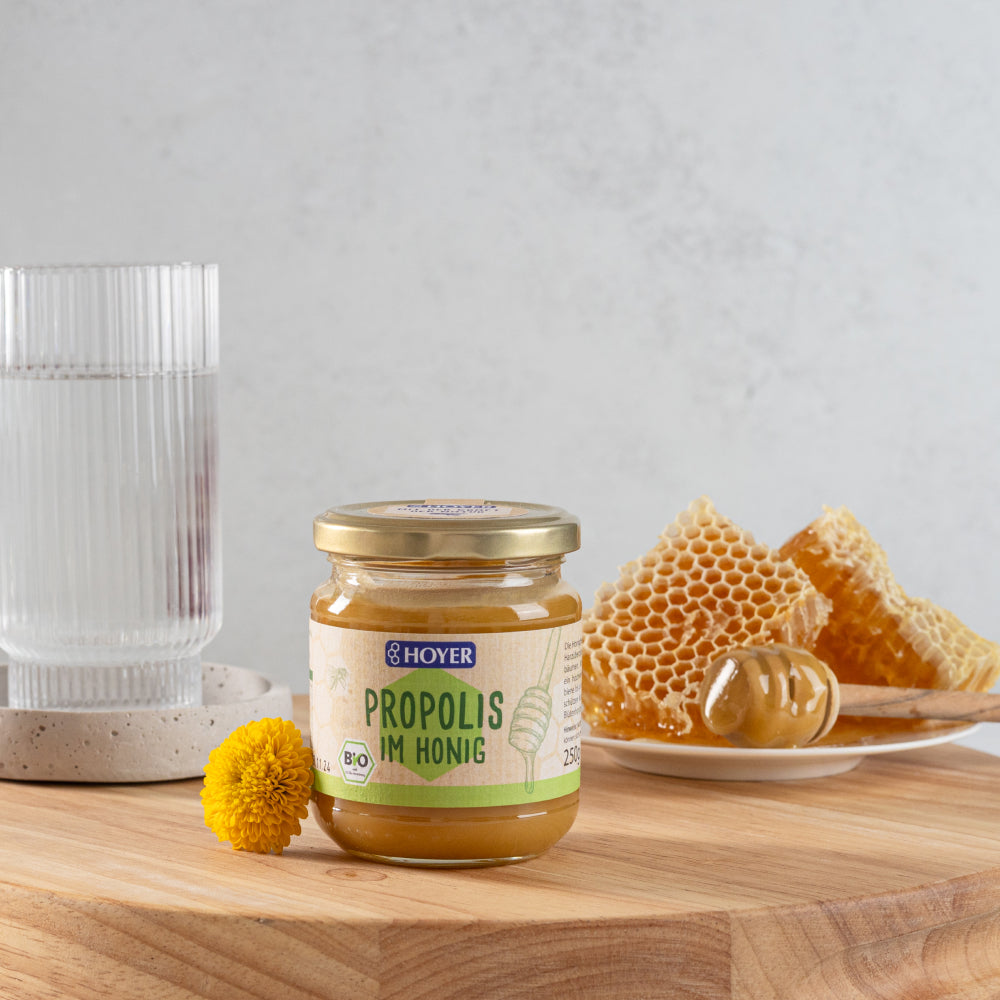 Vendor:Propolis in honeyHoyer
Vendor:Propolis in honeyHoyer- Regular price
-
€5,99 - Regular price
-
- Sale price
-
€5,99 - Unit price
-
€23,96 per kg

Quick view
-
Royal jelly in honey
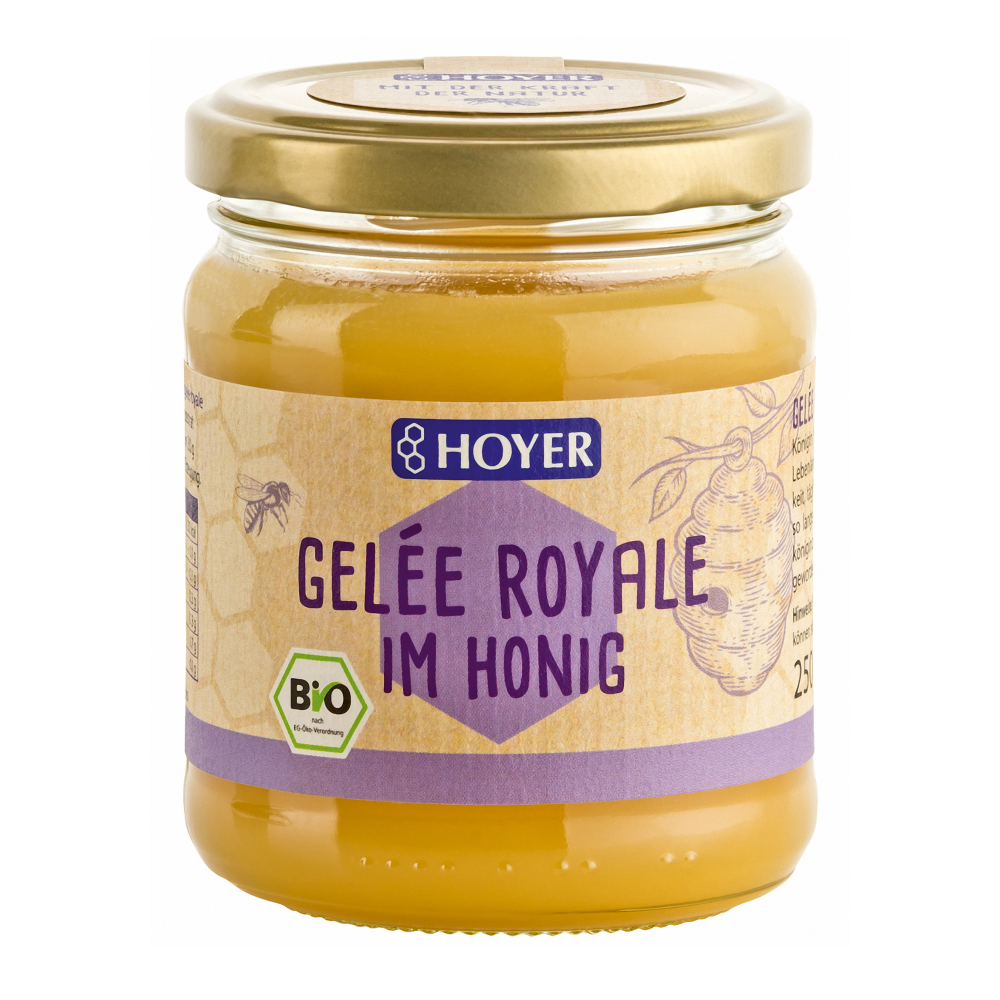
 Vendor:Royal jelly in honeyHoyer
Vendor:Royal jelly in honeyHoyer- Regular price
-
€5,99 - Regular price
-
- Sale price
-
€5,99 - Unit price
-
€23,96 per kg

Quick view
-
Elderberry wild fruit in honey
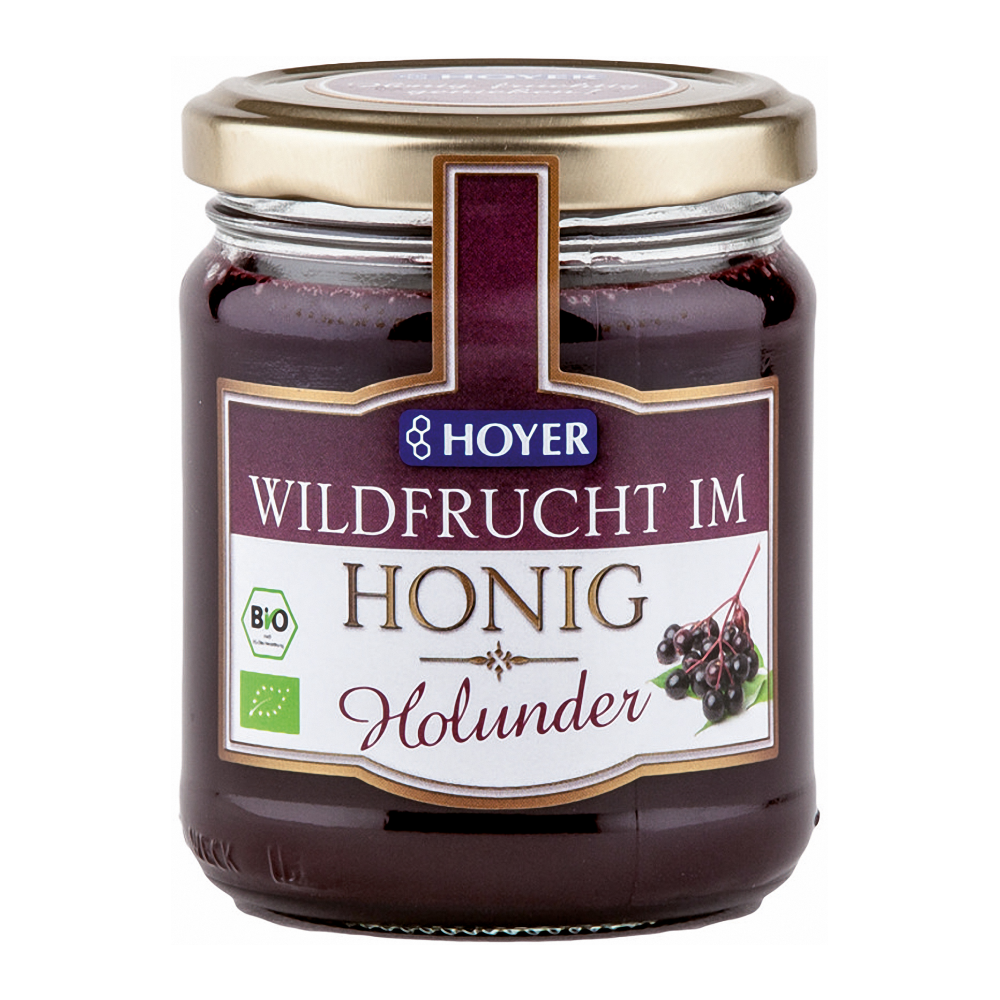 Vendor:Elderberry wild fruit in honeyHoyer
Vendor:Elderberry wild fruit in honeyHoyer- Regular price
-
€5,49 - Regular price
-
- Sale price
-
€5,49 - Unit price
-
€21,96 per kg

Quick view
-
Sea buckthorn wild fruit in honey
 Vendor:Sea buckthorn wild fruit in honeyHoyer
Vendor:Sea buckthorn wild fruit in honeyHoyer- Regular price
-
€5,49 - Regular price
-
- Sale price
-
€5,49 - Unit price
-
€21,96 per kg

Quick view
-
Manuka honey liquid sticks MGO 250+
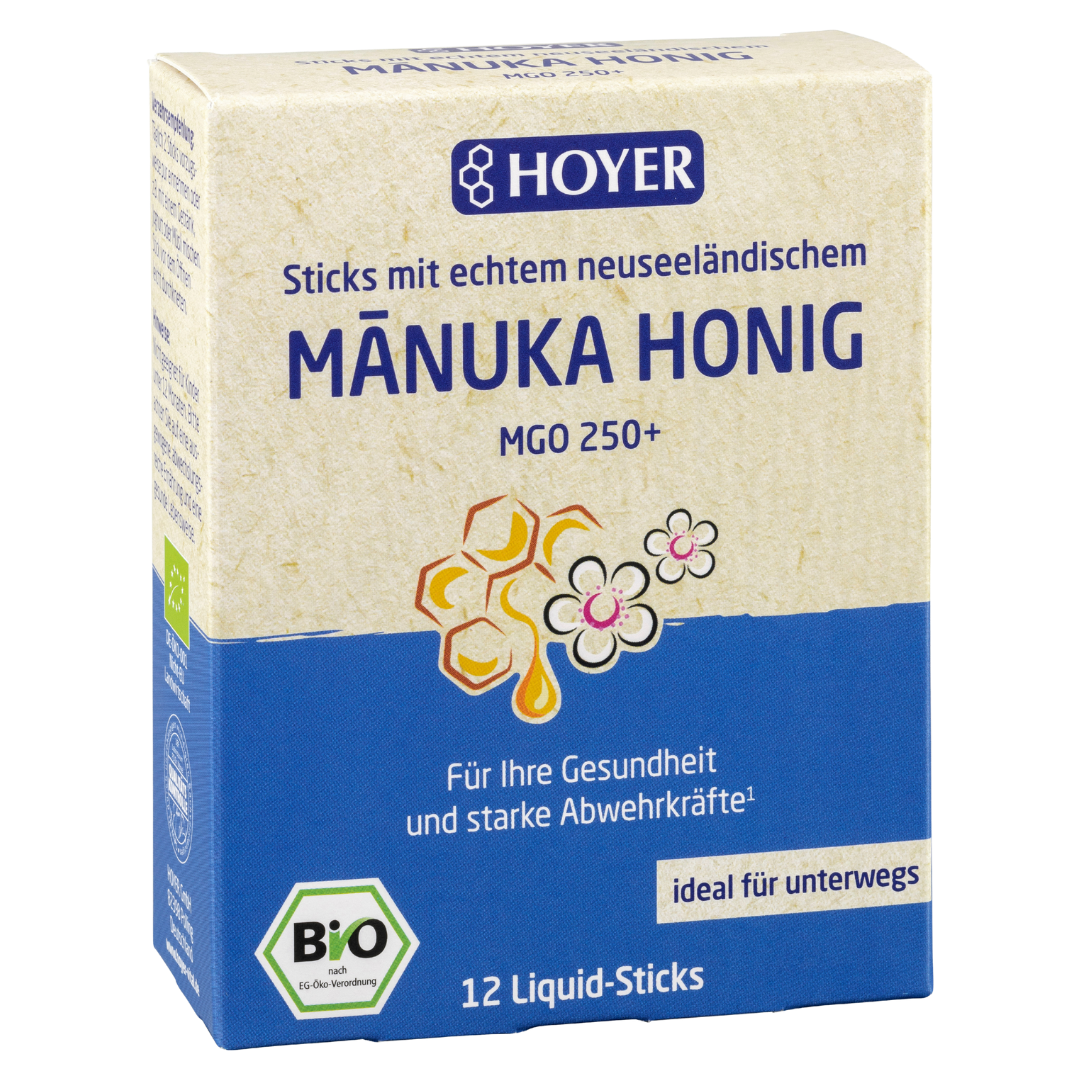
 Vendor:Manuka honey liquid sticks MGO 250+Hoyer
Vendor:Manuka honey liquid sticks MGO 250+Hoyer- Regular price
-
€9,99 - Regular price
-
- Sale price
-
€9,99

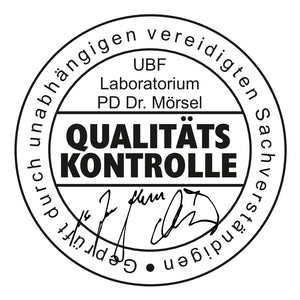
Quick view
-
BRONCHIWOHL Kids Honey Syrup Marshmallow + Sage
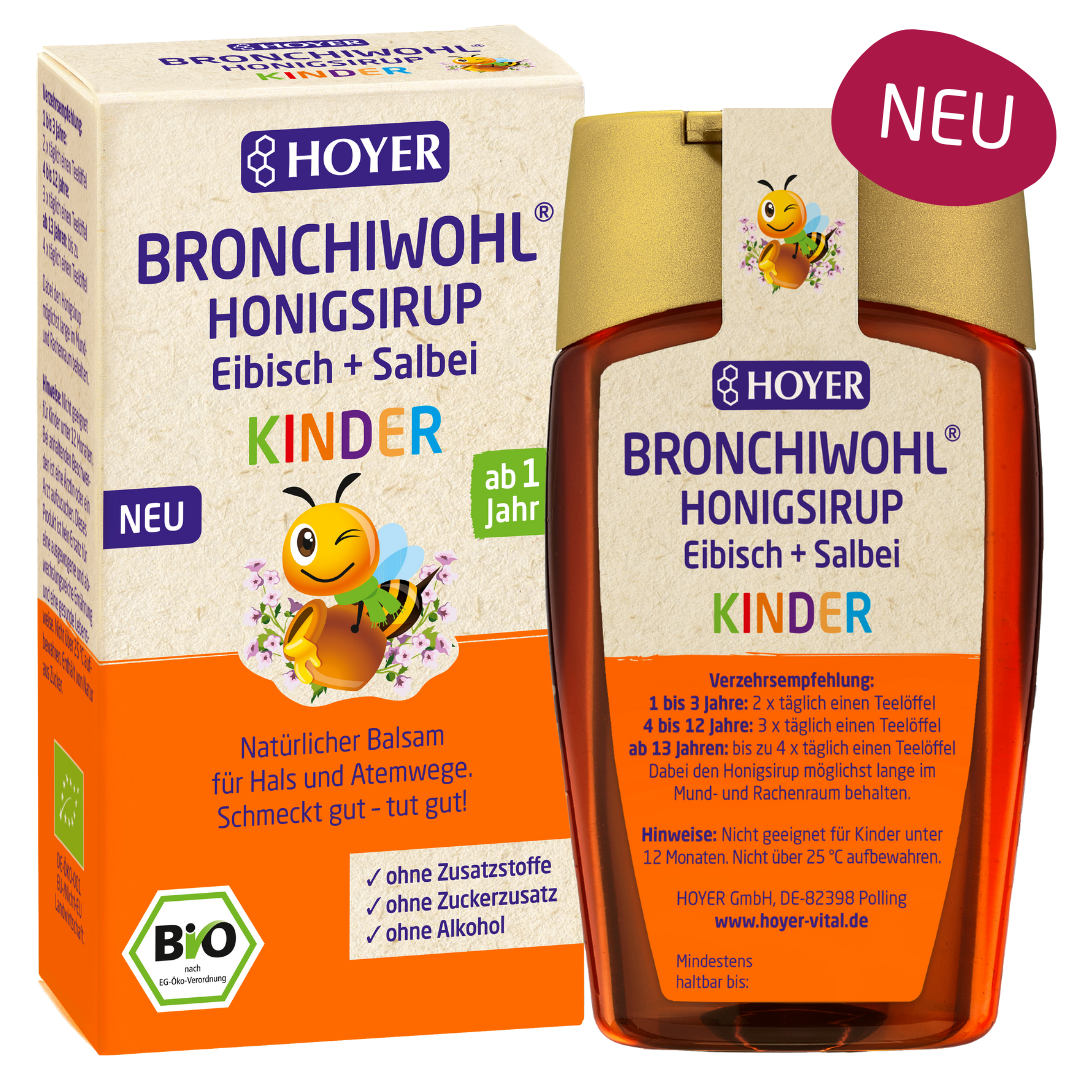
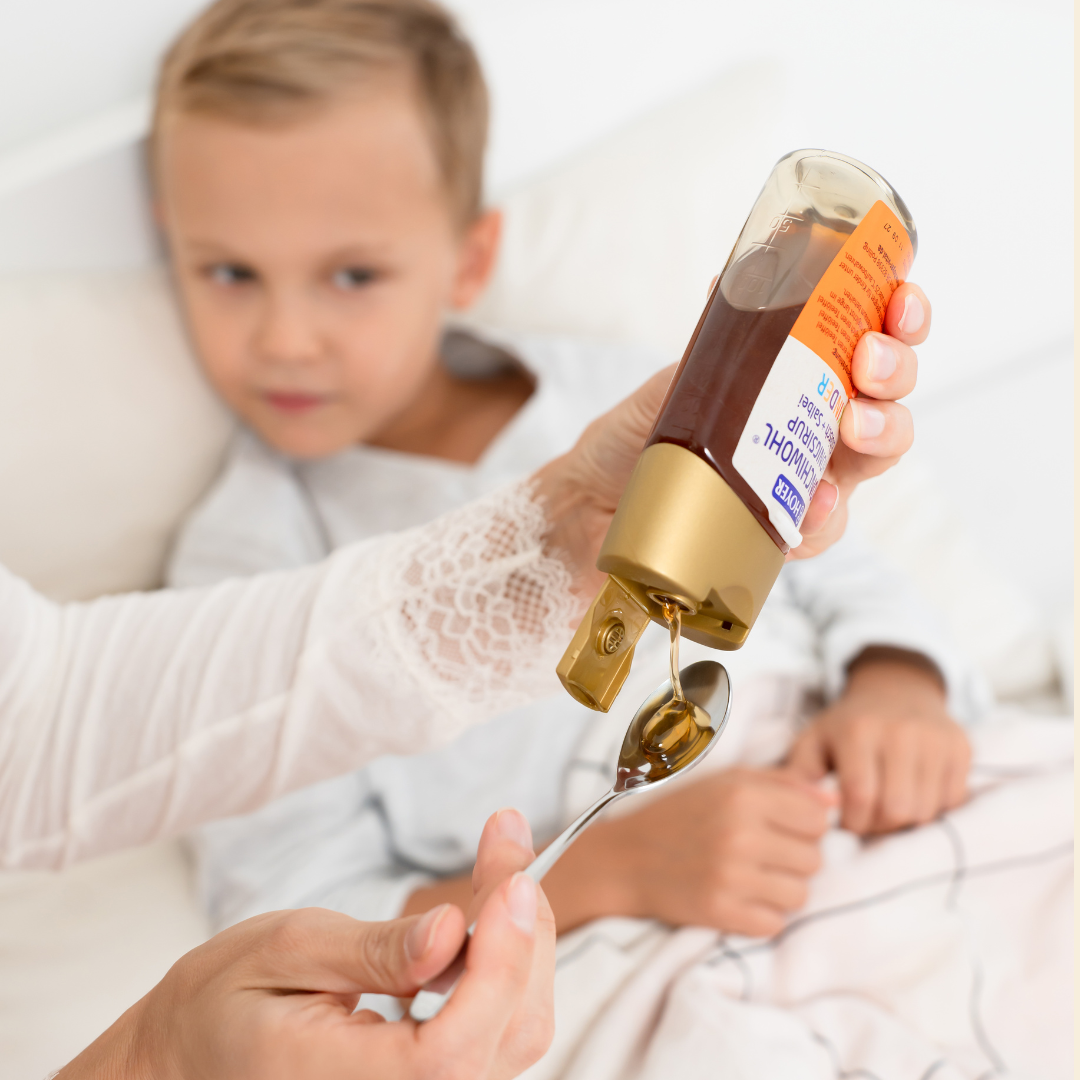 Vendor:BRONCHIWOHL Kids Honey Syrup Marshmallow + SageHoyer
Vendor:BRONCHIWOHL Kids Honey Syrup Marshmallow + SageHoyer- Regular price
-
€6,49 - Regular price
-
- Sale price
-
€6,49 - Unit price
-
€25,96 per kg


Quick view
-
Fennel + thyme honey syrup

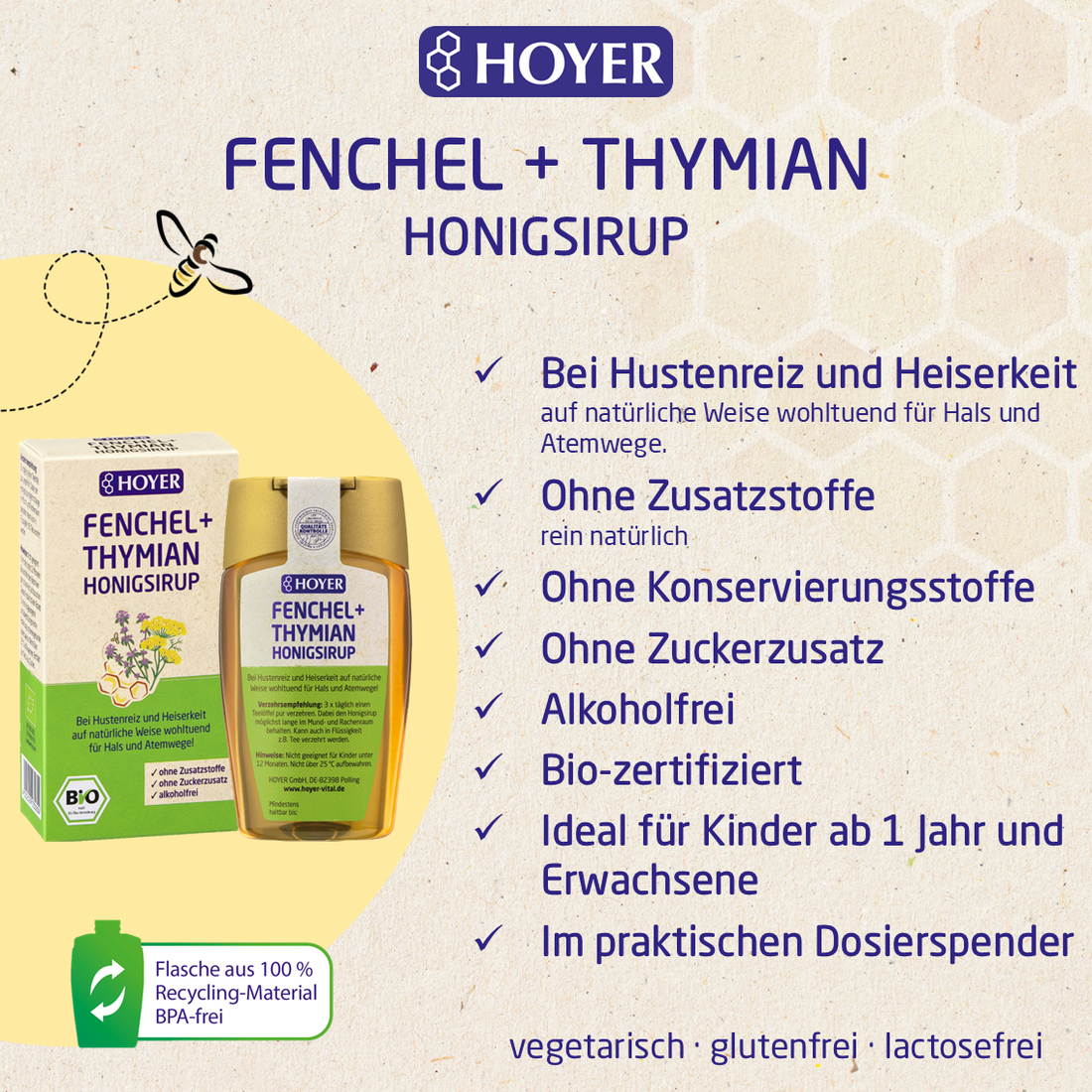 Vendor:Fennel + thyme honey syrupHoyer
Vendor:Fennel + thyme honey syrupHoyer- Regular price
-
€5,49 - Regular price
-
- Sale price
-
€5,49 - Unit price
-
€21,96 per kg


Quick view
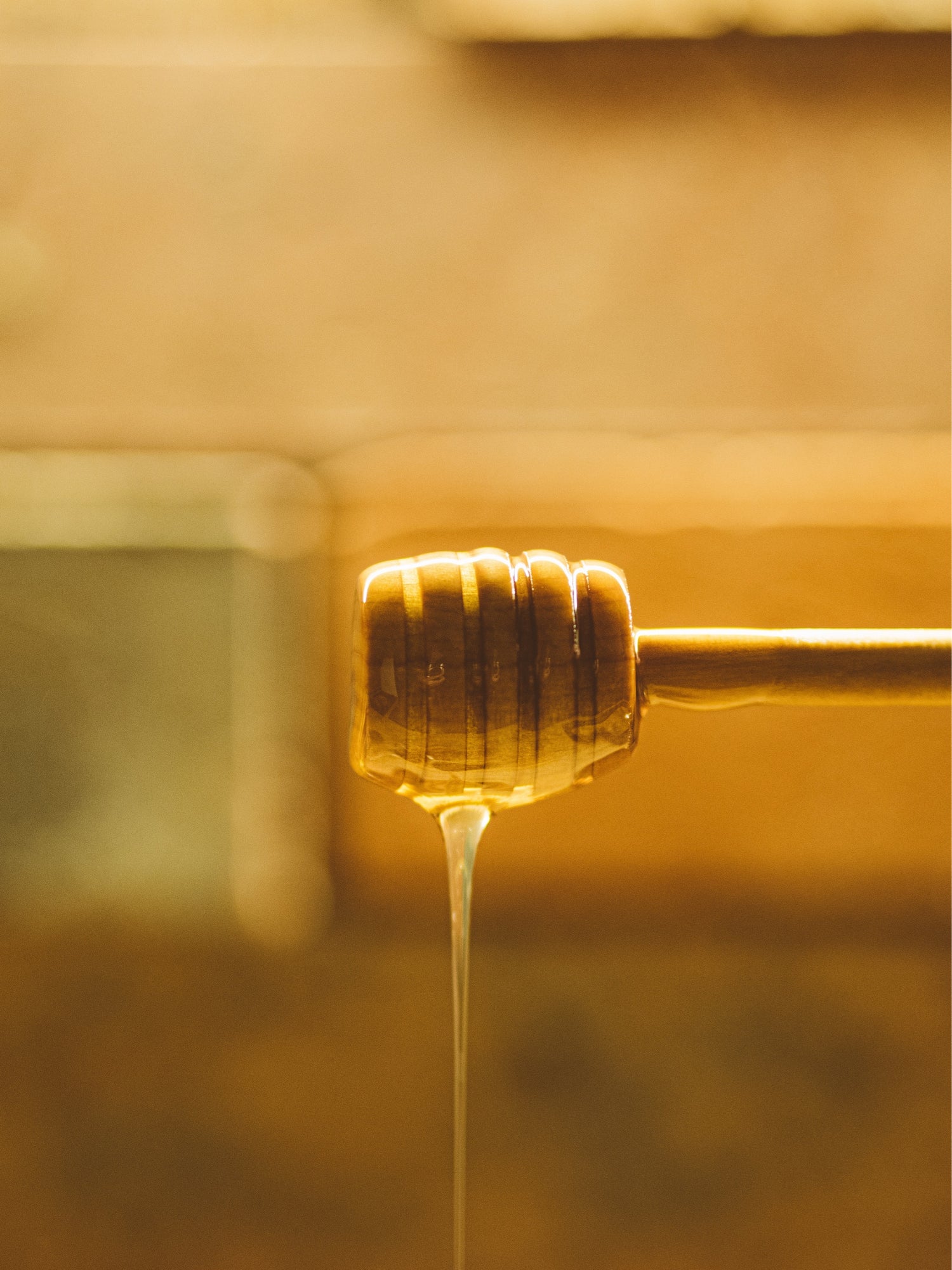
Organic vs. conventional
FAQ - Frequently asked questions about our honey
Why is it that some honeys are liquid and some are creamy?
What is the best way to store honey?
Why does HOYER offer honey from other countries?
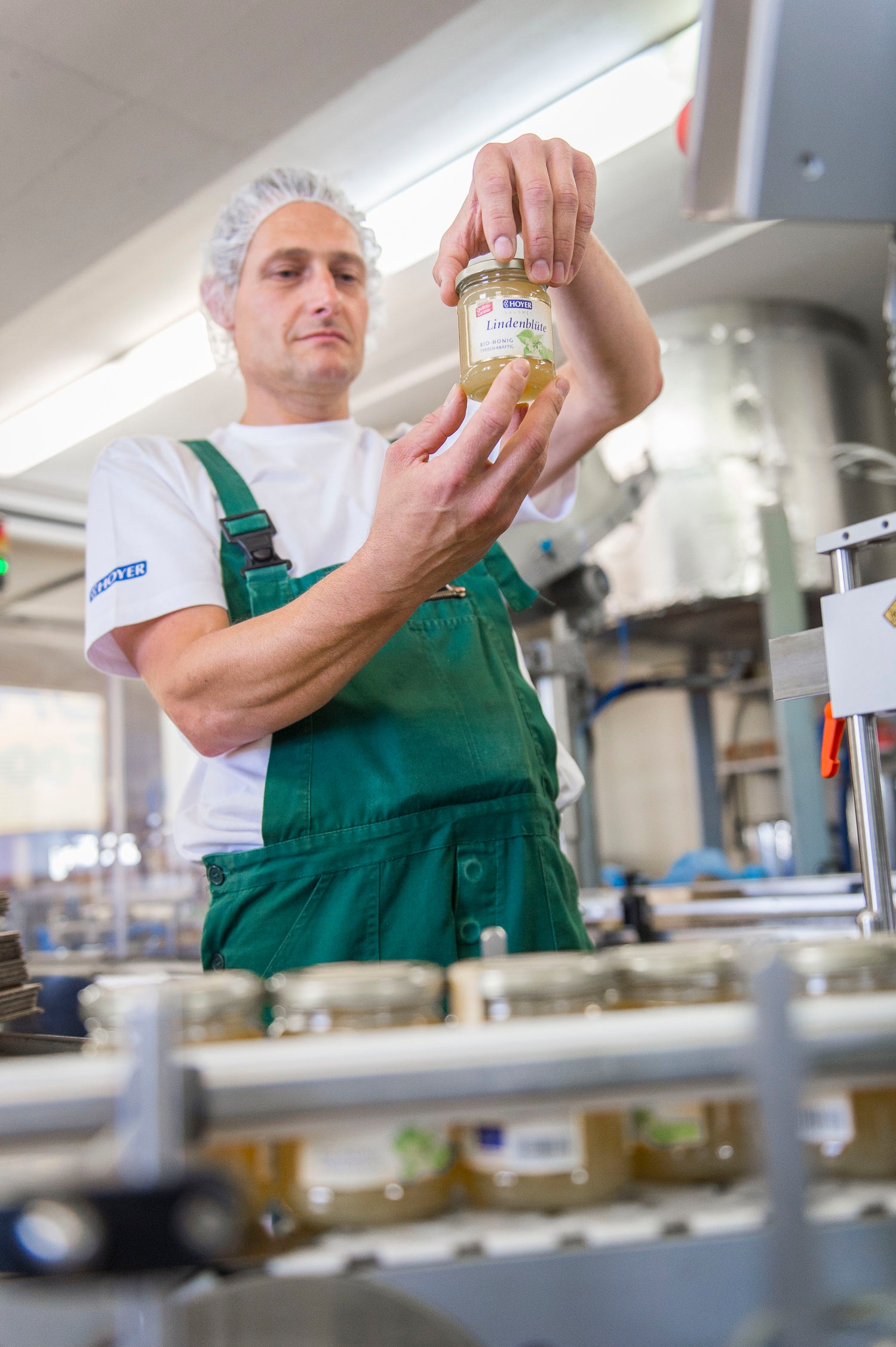
With the power of nature
HOYER
Founded in 1969 as a beekeeping business in Polling, Upper Bavaria, we can now look back on decades of experience from the production to the processing of high-quality beekeeping products.
HOYER stands for trust, enjoyment & reliability and we strive to uphold and continuously develop these values.
Dive into the world of bees and enjoy honey and other beekeeping products in the best organic quality.
